Introduction
In the vast culinary landscape of Chinese cuisine, dishes often transcend mere eating experiences, evolving into stories of tradition, flavor, and cultural heritage. One such dish that encapsulates these elements is Pork and Cabbage with Vermicelli, commonly known in some regions as “Lanrou Lianbai Fans” (a direct translation that might not carry the same charm in English). While the literal translation might suggest a humble or even unappealing dish, its taste and comfort are anything but. This hearty, flavorful meal combines tender pork, crisp cabbage, and silky vermicelli in a sauce that dances on your taste buds, making it a staple in many households.
In this comprehensive guide, we will delve into the intricacies of making Pork and Cabbage with Vermicelli, from selecting the right ingredients to perfecting the cooking technique. Whether you’re a seasoned chef or a home cook eager to explore new recipes, this guide promises to elevate your culinary skills and delight your taste buds.
Section 1: Ingredient Selection
The success of any dish lies in the quality of its ingredients. For Pork and Cabbage with Vermicelli, here’s what you’ll need:
- Pork Shoulder or Belly: These cuts are ideal for the dish due to their fat content, which adds flavor and moisture during cooking. Look for meat with a good marbling pattern.
- Chinese Cabbage (Napa Cabbage): This variety is preferred for its tender texture and mild flavor, which complements the pork and vermicelli perfectly.
- Vermicelli Noodles: Opt for thin, translucent rice vermicelli for the best texture. They should be easy to cook and absorb flavors well.
- Aromatics: Garlic, ginger, and scallions are essential for building the foundation of the dish’s flavor. Fresh herbs like cilantro can also be used for garnish.
- Sauces and Seasonings: Soy sauce, oyster sauce, sesame oil, white pepper, and sugar are key to creating the savory, umami-rich sauce that ties everything together.
- Stock or Broth: Chicken or pork stock adds depth to the dish. If using broth, ensure it’s low-sodium to control seasoning.
- Vegetable Oil: For cooking the pork and aromatics.
Section 2: Preparation Techniques
Before diving into the cooking process, proper preparation is crucial:
- Slicing the Pork: Cut the pork into thin strips or small cubes. This ensures even cooking and allows the meat to absorb flavors more effectively.
- Shredding the Cabbage: Use a sharp knife or a mandoline to thinly shred the cabbage. The finer the shreds, the quicker they will cook and blend with the sauce.
- Soaking the Vermicelli: Soak the vermicelli in hot water for about 10-15 minutes until al dente. Drain and set aside.
- Preparing Aromatics: Mince the garlic and ginger finely. Slice the scallions into thin rounds. These will be sautéed to release their flavors.
Section 3: Cooking the Dish
Now, let’s dive into the cooking process, step-by-step:
-
Heating the Pan: Start by heating a large wok or skillet over medium-high heat. Add a tablespoon of vegetable oil and swirl to coat the pan evenly.
-
Cooking the Pork: Once the oil is hot, add the pork pieces, spreading them out in a single layer. Let them sear undisturbed for a minute or two until they develop a nice golden-brown crust. This locks in juices and adds flavor. Stir occasionally to cook evenly, until the pork is lightly browned all over.
-
Adding Aromatics: Push the pork to one side of the pan and add the minced garlic, ginger, and half of the sliced scallions to the other side. Sauté until fragrant, about 30 seconds to a minute. Mix everything together to coat the pork with the aromatic flavors.
-
Seasoning and Sauce: Pour in a few tablespoons of soy sauce, a tablespoon of oyster sauce, a teaspoon of sesame oil, a pinch of white pepper, and a half teaspoon of sugar. Stir well to combine, letting the pork absorb the flavors of the sauce. If using, add a splash of chicken or pork stock to loosen the mixture and create a more sauce-like consistency.
-
Adding the Cabbage: Add the shredded cabbage to the pan, stirring to combine with the pork and sauce. Cook, stirring occasionally, until the cabbage softens and wilts, about 3-5 minutes. The cabbage should still have a bit of crunch for texture.
-
Incorporating the Vermicelli: Gently fold in the soaked and drained vermicelli, ensuring they are evenly distributed throughout the dish. Cook for another 2-3 minutes, allowing the vermicelli to absorb the sauce and become tender. Be careful not to overcook, as the vermicelli can become mushy.
-
Taste and Adjust: Taste the dish and adjust seasoning as needed. You may add more soy sauce for saltiness, a touch of sugar for balance, or a drizzle of sesame oil for richness.
-
Garnishing and Serving: Remove from heat and garnish with the remaining sliced scallions and freshly chopped cilantro if using. Serve hot, preferably with steamed rice to soak up any extra sauce.
Section 4: Tips and Tricks for Perfection
- Don’t Overcrowd the Pan: Ensure your pan is large enough to cook the pork and cabbage without overcrowding. This allows for even cooking and better caramelization.
- Balance the Flavors: The key to a successful dish is balancing the savory, sweet, and umami flavors. Taste frequently and adjust seasoning accordingly.
- Control the Cooking Time: Overcooking can turn the cabbage into mush and the vermicelli into a gluey mess. Keep an eye on the cooking time and stir gently to avoid breaking the vermicelli.
- Use High-Quality Ingredients: While some shortcuts might be tempting, investing in good-quality ingredients will pay off in the final taste and texture of your dish.
Conclusion
Pork and Cabbage with Vermicelli is a dish that embodies the essence of comfort food. Its simplicity belies the depth of flavor achieved through careful ingredient selection, precise preparation, and mindful cooking. By following this guide, you’ll be able to create a dish that’s not only delicious but also filled with the warmth and love that good home cooking brings. Whether you’re serving it to family, friends, or simply enjoying it by yourself, this dish promises to delight and nourish. Happy cooking!
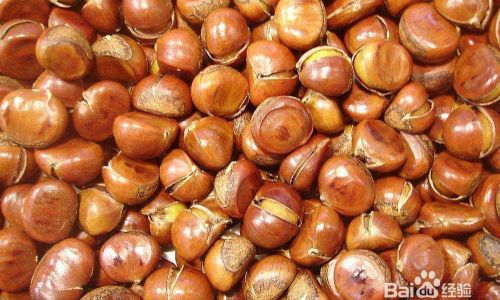
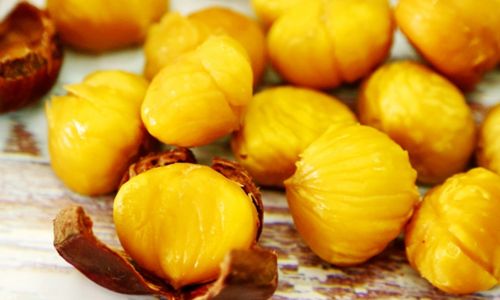

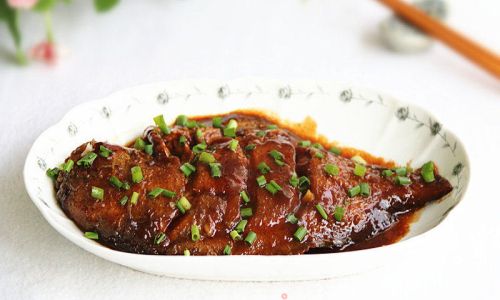
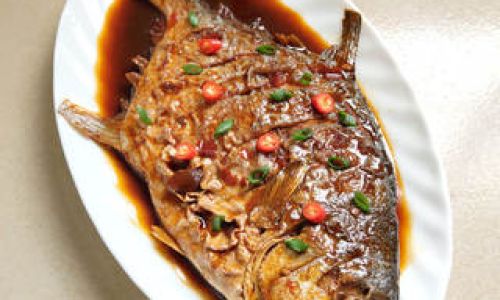
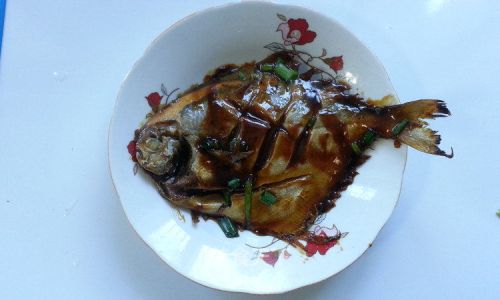
0 comments